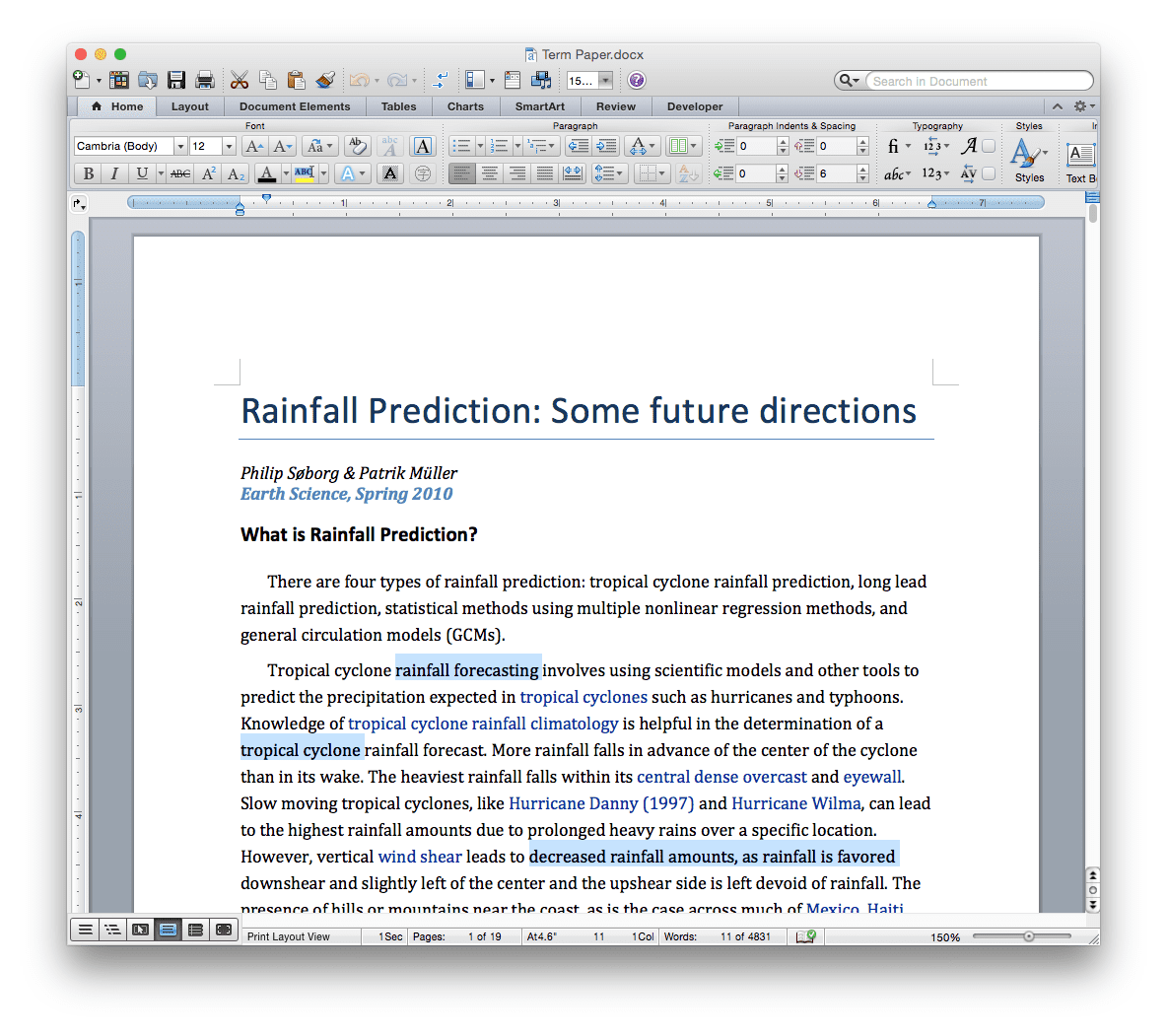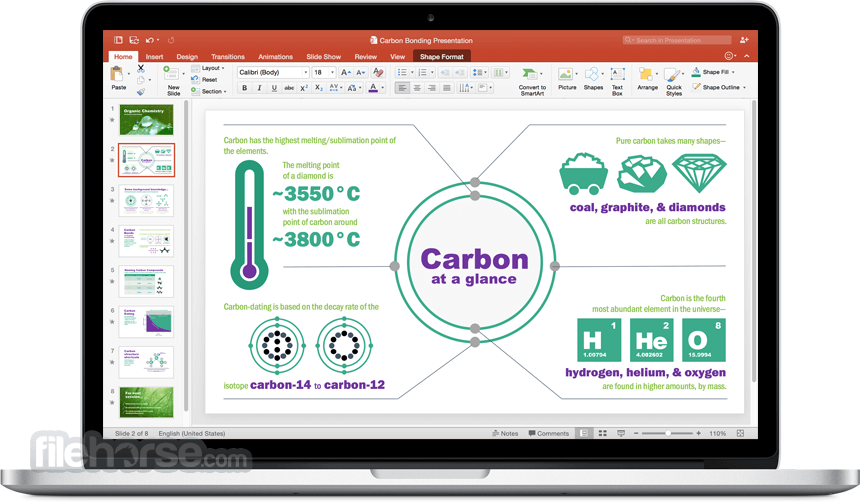


- POWERPOINT FOR MAC 2011 VS 2016 FULL
- POWERPOINT FOR MAC 2011 VS 2016 ANDROID
- POWERPOINT FOR MAC 2011 VS 2016 PRO
POWERPOINT FOR MAC 2011 VS 2016 ANDROID
(You can download a free trial of Parallels Access for iOS and Android to access your Mac and/or PC at
POWERPOINT FOR MAC 2011 VS 2016 FULL
As you saw in the tables above, iPad Office is lacking many of the features of WinOffice and MacOffice, so I also have Parallels Access on my iPad which lets me access and run the full featured versions of any Office suite (or any other application) on my computers and use them with natural iPad gestures.

Because of this background, I am often able to pick just the right Office app that will make a given task the easiest to do. “I worked for the MacOffice team at Microsoft for several years, and at that time I also worked closely with colleagues on the WinOffice teams. In the end, he concludes that a mix of the various Office suites is the best approach but admits that his main, go-to version is MacOffice 2011 (apart from using the latest version of Outlook due to enhanced performance): One positive is support for right-to-left languages, which he notes is something that Mac users have bene asking for but have yet to receive, while a negative for the iPad is lack of multiple selection support in PowerPoint, something Schmucker notes is a pretty basic but crucial function for the app. Other charts in the study show feature variations for Word, Excel, PowerPoint, and Outlook, with the majority of the features listed unavailable for iPad users and a mixed bag for the other versions.Īnd Schmucker points out two things regarding the iPad specifically. The full charts (below) show suite-wide differences between the versions such as missing apps, lack of support for Visual Basic and ActiveX, right-to-left language support, accessibility features, AppleScript and much more. In the charts below, Schmucker breaks down feature-by-feature exactly what you get (and don’t get) in each of the different versions of the productivity suite including Office 20 for Windows, Office 20 for Mac, and Office for iPad. So what exactly is missing on Mac and iOS devices compared to Windows when it comes to the Office suite? This comparison of the differences between Microsoft Office on Mac, Windows, and iOS devices was put together by Kurt Schmucker who (disclaimer) works for Parallels - the company that makes slick virtual machine apps for running Windows and other operating systems on Mac - but he also happens to know a thing or two about the subject after his previous role as Senior Mac Evangelist at Microsoft and on the Office team.


 0 kommentar(er)
0 kommentar(er)
